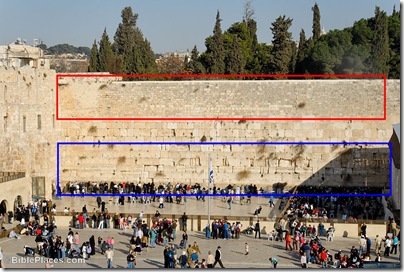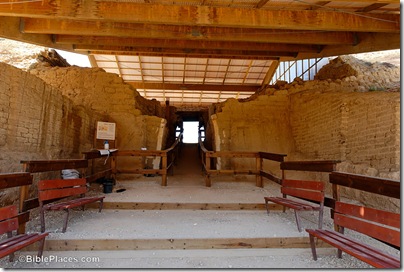Recently I noted an article about a planned animal sacrifice in Jerusalem. This event was controversial because 1) there is no temple or altar in Jerusalem today; 2) killing an animal makes some people mad.
Friends in Jerusalem went to the Old City that day and saw a guy they suspected of carrying a ritual knife in his briefcase and followed the guy through a wild maze of streets in pursuit. It turned out they followed the right guy. They filmed the service.
We talked about the appropriateness of putting this online. The 5-minute video is as graphic as it gets. More and more people today don’t realize that meat doesn’t originate at a grocery store. They have little concept of an animal being raised and then slaughtered. Furthermore, almost no one in the Western world has ever sacrificed an animal for religious purposes.
I think, however, that is precisely why this *graphic* video should be shown. We read about sacrifice in the Bible but we don’t really understand what that means. We read passages that talk about the “life being in the blood,” but those are just words that we don’t really consider. We “know” that the wages of sin are high, but we don’t get the life lesson that the ancient Israelites received every year.
The point of sacrifice was simply this: you deserve to die because of your sin. This animal is dying in your place. Watching the priest slice his throat and watching the blood drain out drove the point home much better than reading a chapter of Leviticus.
Today New Testament believers know that the blood of bulls and goats is not enough to take away sin. But I think that we can often just take for granted Jesus’ death in our place. We don’t think about his innocent blood draining away because we can’t conceptualize it. We don’t always appropriate the idea of substitute because we’ve never seen a living object die in our place. But our loss can be this: sin is easy because forgiveness (we think) is cheap.
The video was made by SourceFlix Productions. Instead of dubbing over the scene with English commentary, they chose to include some explanatory text below. Don’t watch this video while eating, and if you’re thinking about showing your children, watch it yourself first.

